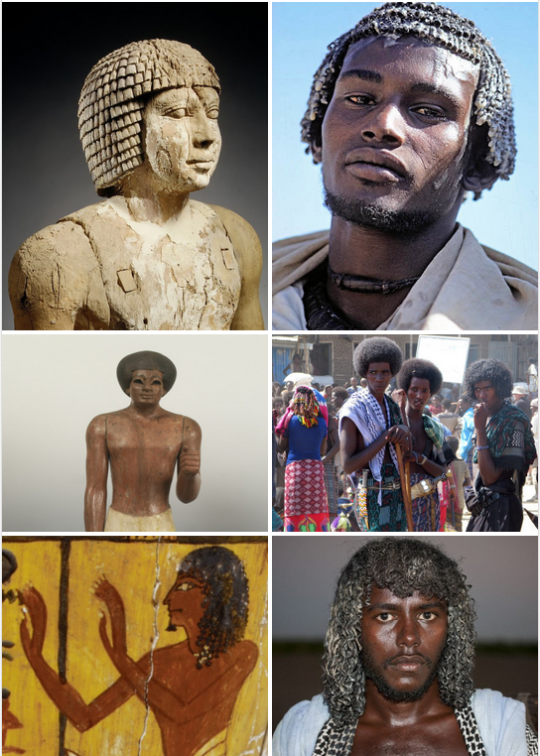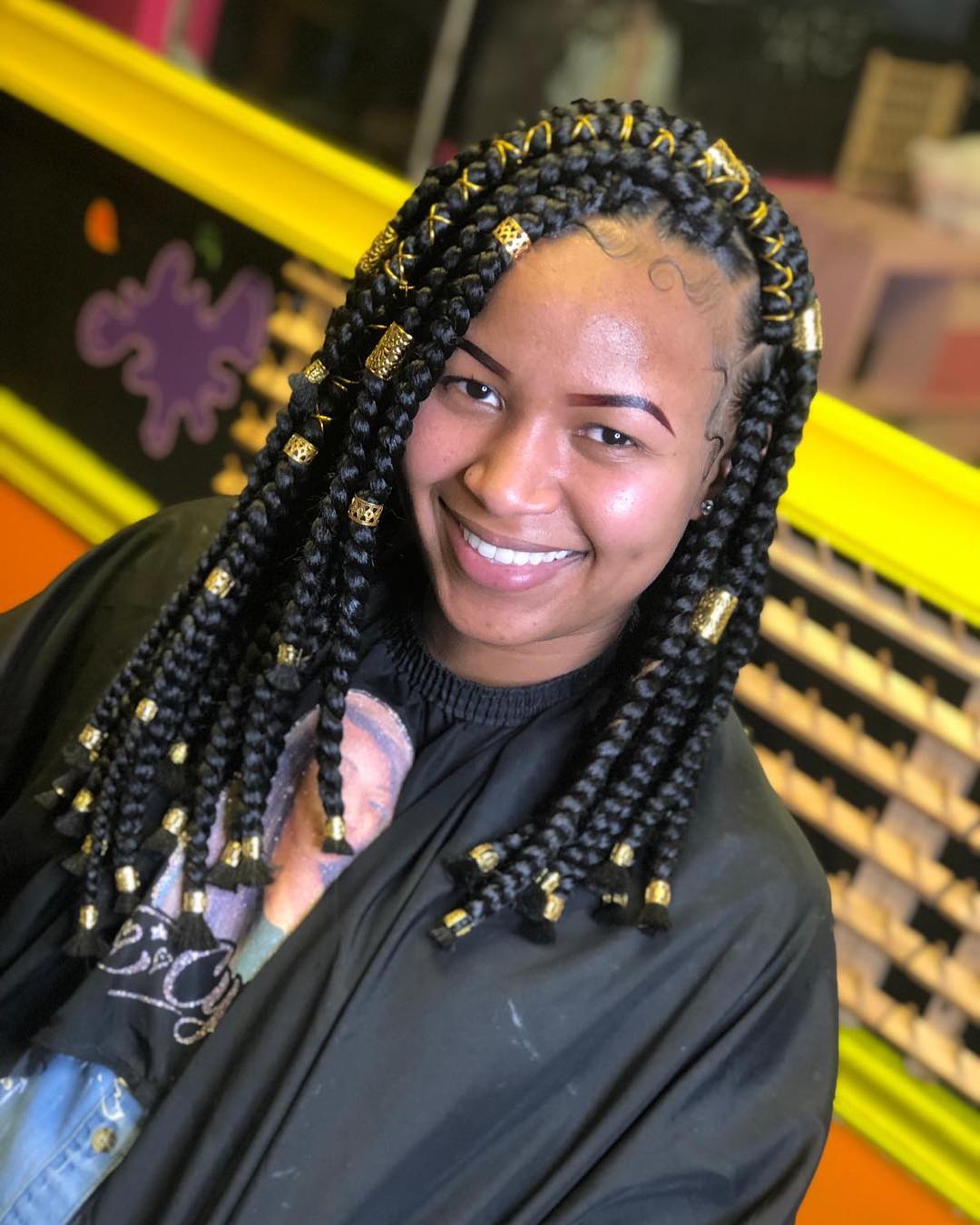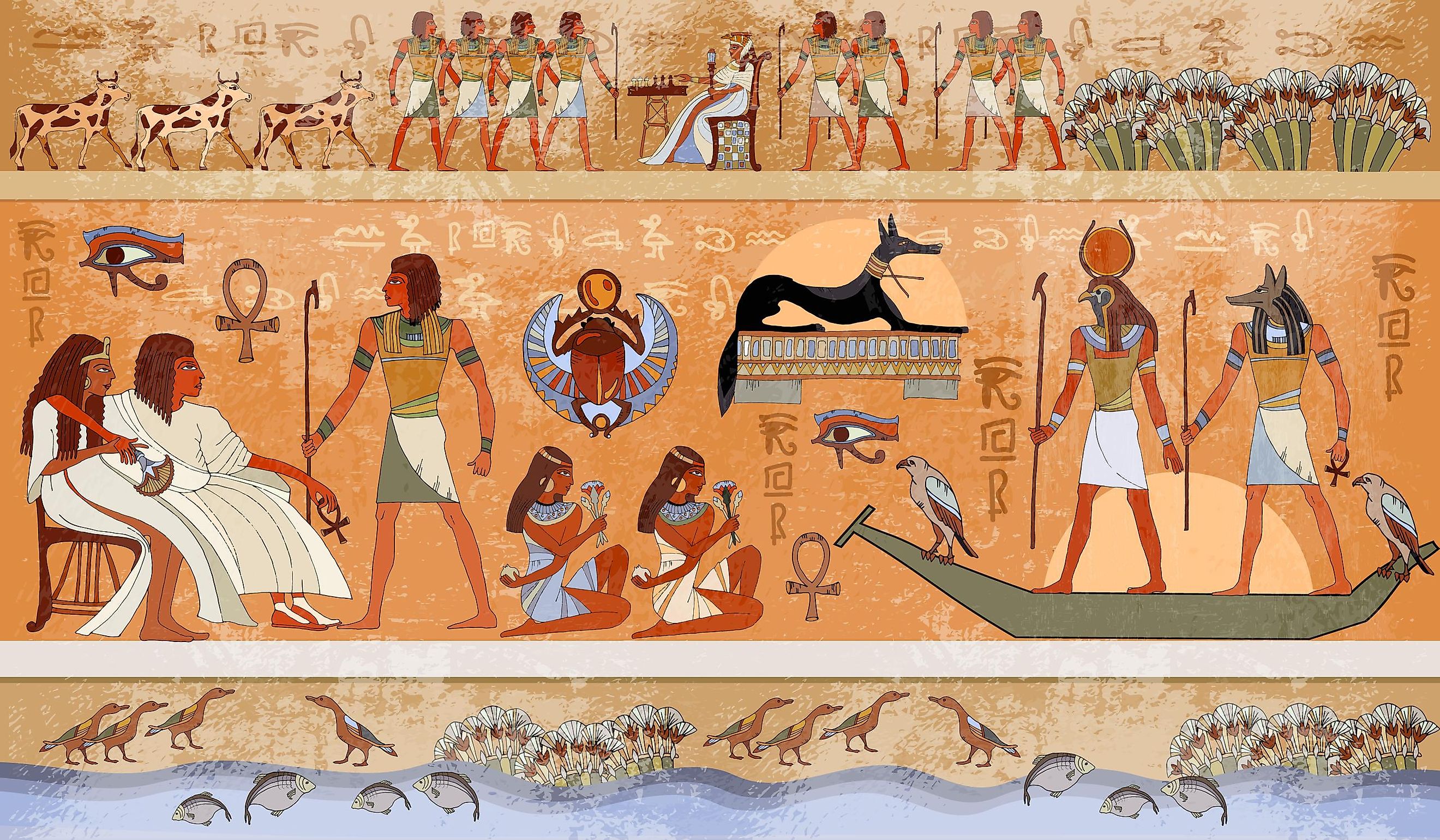Beautiful Work Info About Did Egyptians Invent Braids Black Little Girls Hairstyles Ponytails

The art and imagery from ancient egypt depict a wide range of braided hairstyles, but the precise technique of box braiding, as seen today, emerged much.
Did egyptians invent braids. Although ancient egyptians did not invent braiding, their hairstyles reflected wealth, age, and social group. Sims traces the origins of braids back to african culture. The ancient egyptians believed that braiding hair could ward off evil spirits and bring good luck.
Egyptian nobles often cropped their hair close or shaved their heads but on ceremonial occasions, for protection from the sun, they wore wigs. Braids date as far back as 3500 bc and thus, account for the historical legacy attached to them. Braided hairstyles have roots that trace back thousands of years.
This wig was shoulder length and black,. The egyptian long tribal braids were first worn by nubian women in ancient egypt.
Braids were about more than looking good: The earliest drawings of braids in africa were found in ancient egypt, dating back to 3500 bc, though namibia’s himba people’s red, pigmented strands have been. Women in ancient egypt also liked to have long curls, but in the old kingdom period, they preferred short or chin length bobs.
Children in ancient egypt didn’t wear wigs. Wig cover, an approximate recreation.
The researchers behind the study say that the egyptians used. Although ancient egyptians had a strong distaste for body hair, head hair and beards were the exception. The “common” people wore simpler braids for more.
Nubian wigs, which ancient egyptians grew fond of during the amarna period, were meant to mimic the short curly hair that nubian tribespeople wore. These women were known to wear these braids while they worked in their fields or while they. Did egyptians invent braids?
Ancient egyptians have a reputation for invention, including paper, toothpaste, calendars, math, and even condoms. Which symbolizes ethnicity, societal status, religion, and more!.























